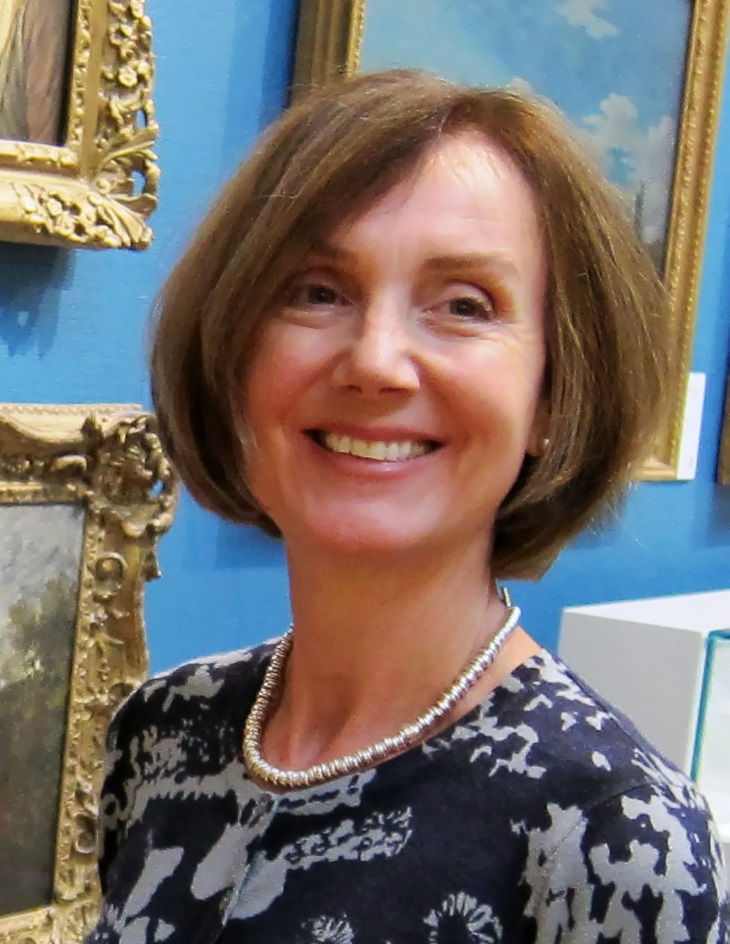Speaker: Lynne Gibson
5 October 2021

Merchants of the Dutch Golden Age filled their town houses with paintings but these upright Calvinist citizens rejected biblical subjects and Baroque melodrama. Favourite themes were found closer to home. Still Lifes reflect the prosperity and self-esteem of the new Republic. The detailed realism of these paintings is compelling but is there more to Dutch art than meets the eye?
Banquets and breakfasts celebrate an abundance of foodstuffs. Could the curl of lemon peel, platter of oysters, kraakware bowl of blemished fruit or spiced meat pie warn of the dangers of gluttony and pleasures of the flesh? Vanitas paintings display treasured possessions. If we look closely, however, the pocket-watch, the fading bloom and, more explicitly, the human skull might hint that consciences are troubled by such ostentation.
Join Lynne and explore the secret symbolic language of Still Life paintings and become a fluent reader of ‘Double Dutch’!
Profile
Now working as a freelance lecturer in the History of Art, Lynne originally trained as a fine artist and has taught painting, drawing and printmaking in higher and adult education. She lectured as an art historian for the universities of Sussex and Bristol where she introduced ‘Understanding Art’ to the Lifelong Learning programme and residential summer schools. Lynne gives talks, lectures and guided tours to a wide range of organisations and institutions including ARCA (the Association for Research into Crimes against Art), the National Trust and the National Gallery. She has worked as a professional artist specialising in oil painting and etching and has had shows at the British Museum, the Barbican and the RWA (the Royal West of England Academy).

